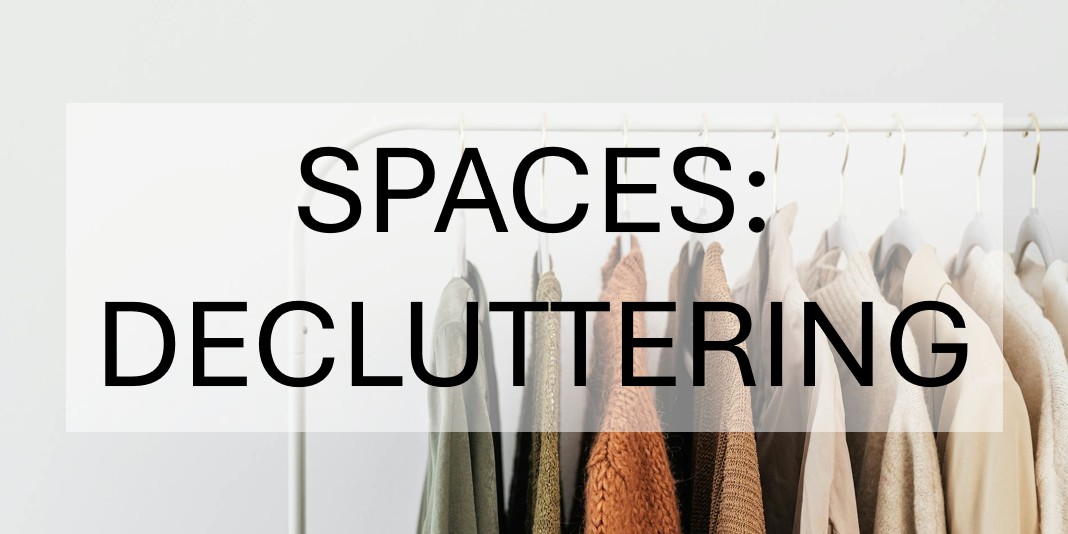Unnecessary belongings do not serve a purpose or bring joy, they are clutter. Clutter gets in the way. Homes are easy to keep tidy when unnecessary items are identified and recycled – decluttered. Home is more functional when remaining items are organised to their their natural places.
Why decluttering improves quality of life?
We look for cues on how to operate in an environment. Neat, well-functioning spaces seem calm and beautiful to us because they inspire pleasant and productive actions. Empty tables inspire creativity, a clean kitchen invites us to start cooking, and a tidy living room invites us to relax. Messy space on the other hand can be paralyzing: chaos kills creativity and stresses us when we try to relax while surrounded by a mess.
The repetitive activities at home require flow. Cooking, dressing, working and playing require utensils, storage space and a clear way to recycle, clean and maintain the mess of activities. Clutter is systematically created when the flow of everyday activities is disrupted, for example by a lack of storage space. Managing clutter consumes more maintenance energy than cleaning up a functioning space.
Storing unnecessary items is expensive. In Helsinki, one square meter of living space costs thousands of euros, which might be spent on storing unused items. Often bigger issue beyond the monetary cost is the time used finding items and managing the chaos added with the stress of messy spaces.
How to declutter?
Decluttering project runs smoothly when the scope is realistic and structured.
I. A realistic scope: Space or category at a time
Space at a time: Declutter one space at a time from beginning to end. If the decluttering process is not completed, we can increase chaos at home by now having the clutter on the floor instead of on the shelves. Depending on your resources and helping hands, the limited space could be a bookshelf or a kitchen.
Category by category: If there are books in another area besides the bookshelf, all the books should be gone through at once.
Starting point: The process can start in the most cluttered or easiest to get started with. Just start somewhere – one space or category at a time.
II. Categorizing: Make decisions one category at the time
Sorting by category: Start by looking at which category of goods are in the space you’ve defined. Sort items by category on a bed, table or vacuumed floor: T-shirts in one pile, socks in another.
Decisions by category: Once all the items in a category are together, you can start sorting through them: Keep, sell, donate, recycle or throw away. Decisions to identify what you need and discard what you don’t will be easier when you look at items one category at a time.
Organizing by category: The remaining items are arranged in their categories on wiped surfaces. It is easy to find items when all the items in the same category are in the same, natural place and can be seen at once.
III. Deciding: What to keep?
Fit for purpose: Home is a place to lead and live an intentional life. Belongings should serve your life and not get in the way of it. Does the item meet my current needs? Do I really use it? Does it spark joy?
Focusing on current needs: An item you have used prior may no longer serve you, so you can donate it to someone who needs it more. Of course you can keep some memories, but a functional home is not a museum of the past. Items you consider “I might need this later” are rarely really needed.
Decluttering as a service
Many people are used to gathering, but not decluttering. Going through and reorganizing things is hard work because of the sheer number of items: In Finnish home there are on average tens of thousands of items and in American home hundreds of thousands of items. Getting started or finishing the process of decluttering is a real challenge, often postponed for years. Heidi is happy to manage the project for you.
